4-氰基苯硼酸,4-Cyanophenylboronic acid,98%
产品编号:Sigma-521418| CAS NO:126747-14-6| MDL NO:MFCD01318968| 分子式:NCC6H4B(OH)2| 分子量:146.94
4-Cyanobenzeneboronic acid 是一种生化试剂,可作为生物材料或有机化合物,用于生命科学相关研究。
本网站销售的所有产品仅用于工业应用或者科学研究等非医疗目的,不可用于人类或动物的临床诊断或者治疗,非药用,非食用,
| 产品名称 | 4-氰基苯硼酸 | ||||||||||||||||
|---|---|---|---|---|---|---|---|---|---|---|---|---|---|---|---|---|---|
| 英文名称 | 4-Cyanophenylboronic acid,98% | ||||||||||||||||
| CAS编号 | 126747-14-6 | ||||||||||||||||
| 产品描述 | 4-Cyanobenzeneboronic acid 是一种生化试剂,可作为生物材料或有机化合物,用于生命科学相关研究。 | ||||||||||||||||
| 产品熔点 | >350 °C(lit.) | ||||||||||||||||
| 产品沸点 | 355.9±44.0 °C at 760 mmHg | ||||||||||||||||
| 产品密度 | 1.3±0.1 g/cm3 | ||||||||||||||||
| 产品闪点 | 169.0±28.4 °C | ||||||||||||||||
| 精确质量 | 147.049164 | ||||||||||||||||
| PSA | 64.25000 | ||||||||||||||||
| LogP | 1.03 | ||||||||||||||||
| 外观性状 | 白色至黄色粉末 | ||||||||||||||||
| 蒸气压 | 0.0±0.8 mmHg at 25°C | ||||||||||||||||
| 折射率 | 1.560 | ||||||||||||||||
| 溶解性 | 可溶于:甲醇 | ||||||||||||||||
| 溶解性数据 | In Vitro: DMSO : 48 mg/mL (326.66 mM; Need ultrasonic and warming) 配制储备液
* 请根据产品在不同溶剂中的溶解度选择合适的溶剂配制储备液;一旦配成溶液,请分装保存,避免反复冻融造成的产品失效。 | ||||||||||||||||
| 稳定性 | 如果遵照规格使用和储存则不会分解,未有已知危险反应 避免氧化物 | ||||||||||||||||
| 储存条件 | 储存条件: 2-8°C 运输方式: 冰袋运输,根据产品的不同,可能会有相应调整。 |
相关文档
化学品安全说明书(MSDS)
下载MSDS质检证书(COA)
相关产品
| 个人防护装备 | Eyeshields;Gloves;type N95 (US);type P1 (EN143) respirator filter |
|---|---|
| 危害码 (欧洲) | Xi:Irritant |
| 风险声明 (欧洲) | R36/37/38 |
| 安全声明 (欧洲) | S22-S24/25-S37/39-S26 |
| 危险品运输编码 | UN3439 |
| WGK德国 | 3 |
| 包装等级 | III |
| 危险类别 | 6.1 |
| 海关编码 | 2931900090 |
Synonym:None Known Section 2 - COMPOSITION, INFORMATION ON INGREDIENTS
Risk Phrases: 36/37/38 Section 3 - HAZARDS IDENTIFICATION EMERGENCY OVERVIEW
Irritating to eyes, respiratory system and skin. Potential Health Effects Eye: Causes eye irritation. May cause chemical conjunctivitis. Skin: Causes skin irritation. Ingestion: May cause gastrointestinal irritation with nausea, vomiting and diarrhea. The toxicological properties of this substance have not been fully investigated. Inhalation: Causes respiratory tract irritation. The toxicological properties of this substance have not been fully investigated. Can produce delayed pulmonary edema. Chronic: Effects may be delayed. Section 4 - FIRST AID MEASURES Eyes: Immediately flush eyes with plenty of water for at least 15 minutes, occasionally lifting the upper and lower eyelids. Get medical aid. Skin: Get medical aid. Flush skin with plenty of water for at least 15 minutes while removing contaminated clothing and shoes. Wash clothing before reuse. Ingestion: Never give anything by mouth to an unconscious person. Get medical aid. Do NOT induce vomiting. If conscious and alert, rinse mouth and drink 2-4 cupfuls of milk or water. Wash mouth out with water. Inhalation: Remove from exposure and move to fresh air immediately. If not breathing, give artificial respiration. If breathing is difficult, give oxygen. Get medical aid. Do NOT use mouth-to-mouth resuscitation. Notes to Physician: Treat symptomatically and supportively. Section 5 - FIRE FIGHTING MEASURES General Information: As in any fire, wear a self-contained breathing apparatus in pressure-demand, MSHA/NIOSH (approved or equivalent), and full protective gear. During a fire, irritating and highly toxic gases may be generated by thermal decomposition or combustion. Extinguishing Media: Use water spray, dry chemical, carbon dioxide, or chemical foam. Section 6 - ACCIDENTAL RELEASE MEASURES General Information: Use proper personal protective equipment as indicated in Section 8. Spills/Leaks: Vacuum or sweep up material and place into a suitable disposal container. Clean up spills immediately, observing precautions in the Protective Equipment section. Avoid generating dusty conditions. Provide ventilation. Section 7 - HANDLING and STORAGE Handling: Minimize dust generation and accumulation. Avoid breathing dust, vapor, mist, or gas. Avoid contact with eyes, skin, and clothing. Keep container tightly closed. Avoid ingestion and inhalation. Use with adequate ventilation. Wash clothing before reuse. Storage: Store in a tightly closed container. Store in a dry area. Keep refrigerated. (Store below 4C/39F.) Section 8 - EXPOSURE CONTROLS, PERSONAL PROTECTION Engineering Controls: Facilities storing or utilizing this material should be equipped with an eyewash facility and a safety shower. Use adequate ventilation to keep airborne concentrations low. Exposure Limits CAS# 126747-14-6: Personal Protective Equipment Eyes: Wear appropriate protective eyeglasses or chemical safety goggles as described by OSHA's eye and face protection regulations in 29 CFR 1910.133 or European Standard EN166. Skin: Wear appropriate protective gloves to prevent skin exposure. Clothing: Wear appropriate protective clothing to prevent skin exposure. Respirators: Follow the OSHA respirator regulations found in 29 CFR 1910.134 or European Standard EN 149. Use a NIOSH/MSHA or European Standard EN 149 approved respirator if exposure limits are exceeded or if irritation or other symptoms are experienced. Section 9 - PHYSICAL AND CHEMICAL PROPERTIES Physical State: Solid Color: Not available. Odor: Not available. pH: Not available. Vapor Pressure: Not available. Viscosity: Not available. Boiling Point: Not available. Freezing/Melting Point: > 300 deg C Autoignition Temperature: Not available. Flash Point: Not available. Explosion Limits, lower: Not available. Explosion Limits, upper: Not available. Decomposition Temperature: Solubility in water: Specific Gravity/Density: Molecular Formula: C7H6BNO2 Molecular Weight: 146.94 Section 10 - STABILITY AND REACTIVITY Chemical Stability: Stable under normal temperatures and pressures. Conditions to Avoid: Incompatible materials, light, dust generation, excess heat. Incompatibilities with Other Materials: Oxidizing agents, acids, strong bases. Hazardous Decomposition Products: Nitrogen oxides, carbon monoxide, carbon dioxide, boron oxides. Hazardous Polymerization: Has not been reported Section 11 - TOXICOLOGICAL INFORMATION RTECS#: CAS# 126747-14-6 unlisted. LD50/LC50: Not available. Carcinogenicity: 4-Cyanophenylboronic Acid - Not listed by ACGIH, IARC, or NTP. Section 12 - ECOLOGICAL INFORMATION Section 13 - DISPOSAL CONSIDERATIONS Dispose of in a manner consistent with federal, state, and local regulations. Section 14 - TRANSPORT INFORMATION IATA Not regulated as a hazardous material. IMO Not regulated as a hazardous material. RID/ADR Not regulated as a hazardous material. Section 15 - REGULATORY INFORMATION European/International Regulations European Labeling in Accordance with EC Directives Hazard Symbols: XI Risk Phrases: R 36/37/38 Irritating to eyes, respiratory system and skin. Safety Phrases: S 26 In case of contact with eyes, rinse immediately with plenty of water and seek medical advice. S 37/39 Wear suitable gloves and eye/face protection. WGK (Water Danger/Protection) CAS# 126747-14-6: No information available. Canada None of the chemicals in this product are listed on the DSL/NDSL list. CAS# 126747-14-6 is not listed on Canada's Ingredient Disclosure List. US FEDERAL TSCA CAS# 126747-14-6 is not listed on the TSCA inventory. It is for research and development use only. SECTION 16 - ADDITIONAL INFORMATION N/A |
|
~71% 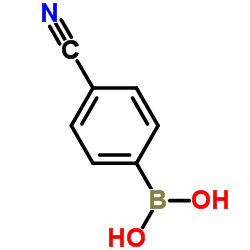
126747-14-6 |
| 文献:Tetrahedron, , vol. 67, # 3 p. 576 - 583 |
|
~75% 
126747-14-6 |
| 文献:Organic Letters, , vol. 9, # 9 p. 1711 - 1714 |
|
~% 
126747-14-6 |
| 文献:US6576789 B1, ; |
|
~67% 
126747-14-6 |
| 文献:Journal of Organic Chemistry, , vol. 74, # 19 p. 7364 - 7369 |
|
~77% 
126747-14-6 |
| 文献:Bulletin of the Chemical Society of Japan, , vol. 62, # 12 p. 3896 - 3901 |
|
~% 
126747-14-6 |
| 文献:Science China Chemistry, , vol. 53, # 6 p. 1302 - 1315 |
|
~65% 
126747-14-6 |
| 文献:Chemistry Letters, , # 1 p. 60 - 61 |
|
~% 
126747-14-6 |
| 文献:Journal of the American Chemical Society, , vol. 134, # 28 p. 11667 - 11673 |
|
~% 
126747-14-6 |
| 文献:Journal of Organic Chemistry, , vol. 73, # 12 p. 4662 - 4670 |
| 上游产品 8 | |
|---|---|
| 下游产品 10 | |

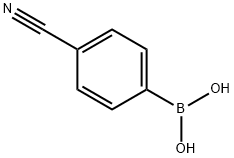
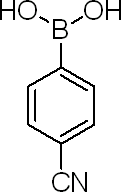
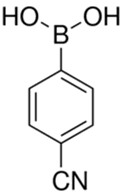
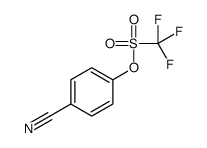
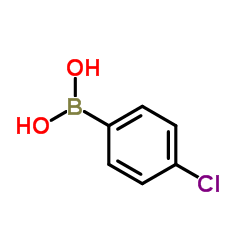

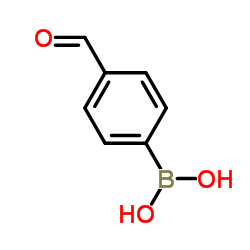
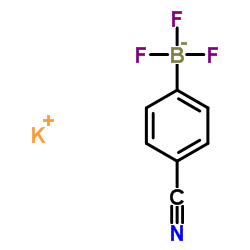
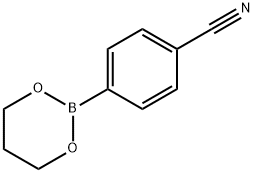

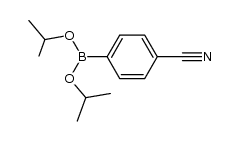
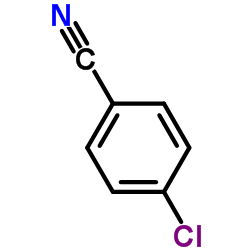

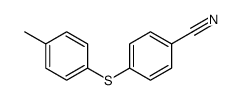
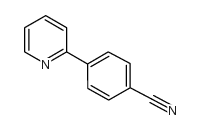
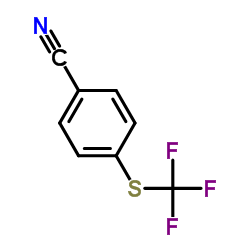
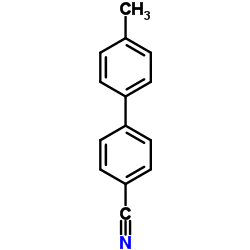
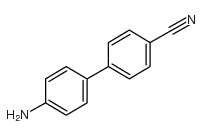
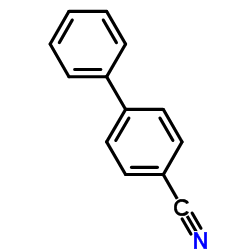
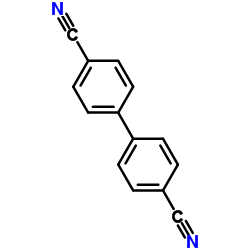

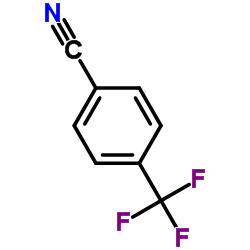
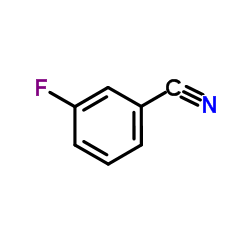





 浙公网安备 33010802013016号
浙公网安备 33010802013016号